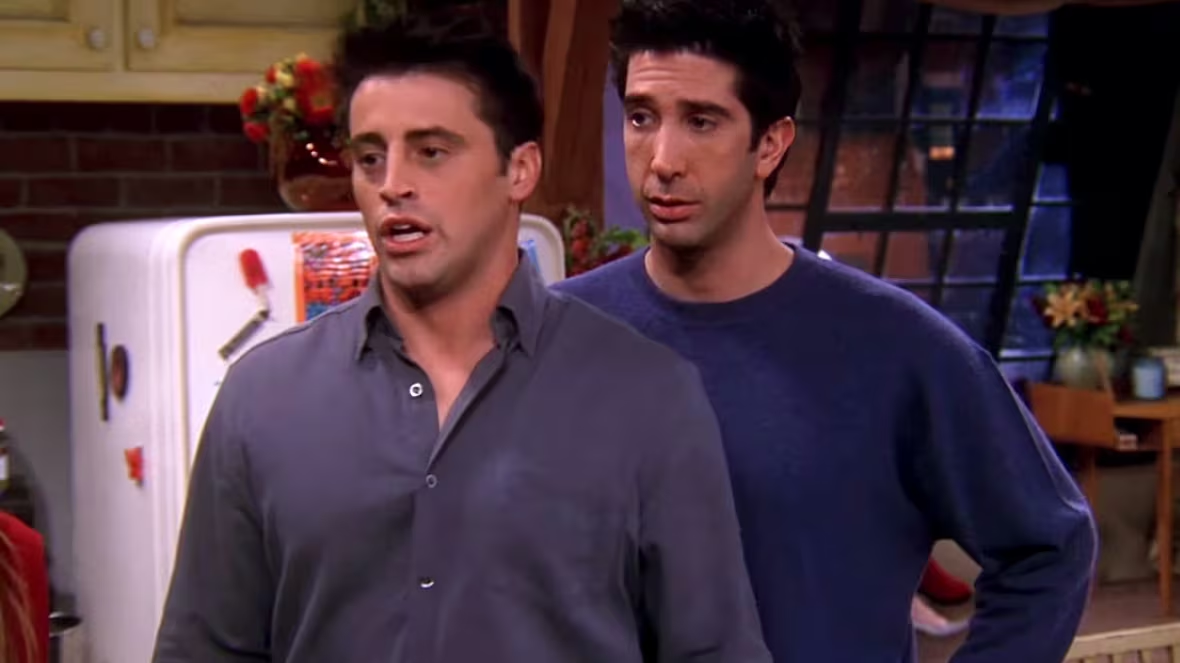
Twenty-five years after Friends debuted, the TV show is still wildly popular because viewers have a deep-rooted nostalgia for life before the internet, a professor of media theory says.
Katharina Niemeyer said that the series finished in 2004 before smartphones gave people constant internet access. She told The Current’s interim host Laura Lynch that as our lives have sped up, there’s “something about the analogue era” that appeals to people.
“It’s also a way of coping with the … progress going on — to slow it down,” said Niemeyer, a professor at Université du Québec à Montréal and author of Media and Nostalgia: Yearning for the Past, Present and Future.

The show about six 20-something people in New York started in 1994 and ran for 10 years. According to industry figures, it’s the second-most watched show on Netflix. That popularity has prompted AT&T, which owns the rights to Friends, to end its deal with the online streaming giant. AT&T intends to put the sitcom on its own service, HBO Max, when it launches next year.
Niemeyer said that nostalgia has always made money, but that “there’s something deeper-rooted in the nostalgia boom today.”
She thinks that even though the internet has increased our ability to connect to one another, the virtual world can feel insular and lonely.
“There’s also nostalgia about: what was a friendship before the world wide web arrived?”
Bob Thompson, director of the Bleier Centre for Television & Popular Culture at Syracuse University, said that “there is something so quaint and charming to watching friends who are friends by actually physically being in the same space with one another.”
“There are telephones in Friends, but there are no cellphones,” said Thompson.
That said, Thompson does believe the show has aged badly in some respects.
He cited episodes where the character Monica was shown in flashback as being very overweight in high school.
The actress Courtney Cox wore a fat suit in those episodes, which Thompson said portrayed “the idea of a larger body type being something that it is the American dream to overcome.”
There are also depictions around gender and race that would not be acceptable today, he said, as well as a “total lack of diversity.”
Despite this, he said he can see why the show remains popular, even just as something to turn on as background noise.
“It is a meticulously written, funny show with some really hilarious performances,” he told Lynch.

“We have to … at the same time be cognizant of the fact that this is a reflection of a time that we hope we have evolved beyond.”
While there seems to be a boom in nostalgia these days, Thompson said it’s always been a big part of the human experience.
“I am sure there were people in caves, thinking back of the glorious days before we invented fire,” he said.
However, he said “the reason we’re getting more of this than we ever did before is there is so much more real estate for it to move in on.”
The ’90s was kind of the last pure decade of stuff that we all watched at the same time, and everybody knew about it.
– Bob Thompson
There used to be just three TV networks with 22 hours of programming per week, he said.
“Now we’ve got … twice as many broadcast networks; all of these cable channels doing original programming; and Netflix, which seems to be releasing a new show every five minutes.”
Could she be any more clear? Friends co-creator says reunion show not going to happen
However, he thinks this appetite for re-watching old shows won’t last forever because we don’t consume TV in the same way anymore.
“The ’90s was kind of the last pure decade of stuff that we all watched at the same time, and everybody knew about it,” he said.
“That’s why I think ’90s nostalgia has a certain value to it.”